Top 10 NBA history show
12:05pm, 8 June 2025Basketball
The second place in the NBA annual draft, commonly known as the [No. 1 Show] for fans and media, was second only to the [No. 1 Show] for the draft that year, and it can be said to be a super star above ten thousand people. However, in NBA history, [No. 2019] is a somewhat cursed position. The parallel stock rate is much higher than that of [No. 1 pick] and [Tanhua], and the top star rate is much lower than that of them.
When you mention the second-largest star in NBA history, I wonder who will you think of? In this article, the author will sort out a little, comprehensively integrate the dimensions of honor, strength, fame, data, legend, etc., and take stock of the top ten representatives for reference. Due to space limitations, if you have any discussion or a choice of leaving a pearl, you are welcome to share and leave a message in the comment area. I would like to thank you in advance.
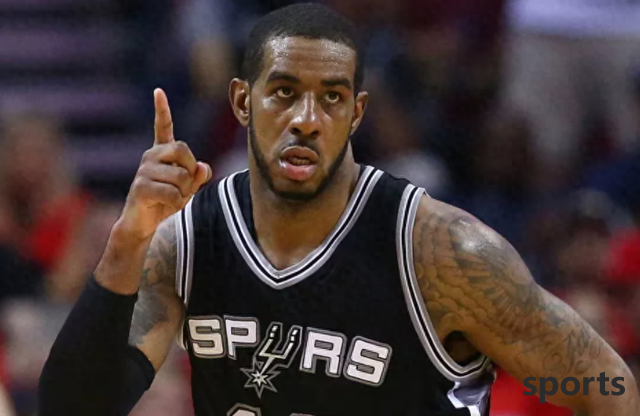
10. Lamarcus Aldridge's career introduction (2006-2021): A comprehensive power forward with accurate mid-range jump shots and solid low post footsteps. In 2006, he played for the Trail Blazers, Spurs and Nets in his career. He was selected as the All-Star 7 times and selected as the Best Team 5 times (2nd team, 3rd team). He averaged 19.1 points and 8.1 rebounds per game in his career. The Trail Blazers are the absolute core, forming a strong combination with Roy and Lillard; stable output during the Spurs period and became an important pillar of the post-GDP era. They retired in the 2021 season due to heart problems and made a brief comeback.
Legendity introduction: Aldridge's legend lies in his low-key but efficient scoring ability and exemplary professional spirit. He is known as the "middle distance master". In the era of three-pointers, his retro style was unique and a model of combining low-post skills and face-frame jump shots. Although he has not won the MVP or championship, his lasting peak period (averages of 20+ points per game for 9 consecutive seasons), multiple All-Star and Best Team honors, and his stable contribution as the core inside of two different teams (The Blazers and Spurs) have established his important position in modern power forwards. His story of overcoming heart problems and sticking to the game also added a tough color to his career.

9. Earl Monroe Career Introduction (1967-1980): Nicknamed "Black Pearl" or "Pearl Earl", famous for his dazzling ball possession, gorgeous turn and creative scoring methods. In 1967, he played for the Baltimore Bullets and the New York Knicks. In 1973, he won the NBA championship with the Knicks, was selected as the All-Star four times, was selected as the first team of the All-Series in 1975, and was selected as the second team in 1977. He averaged 24.3 points per game in the rookie season. His career averaged 18.8 points per game.
Legendary Introduction: Monroe's legend lies in his revolutionary style of play and his contribution to basketball aesthetics. He is one of the early representatives of street basketball art in the NBA. His dribble movements are smooth, imaginative and extremely deceptive, and he is known as a "ball control textbook" and "artist on the court." His "Rolls-Royce Backcourt" with Walter Frazer in the Knicks is one of the most gorgeous and deadly backcourt combinations in NBA history. Monroe's style of playing greatly enriched the viewing of basketball games and influenced countless players in later generations. He is an eternal symbol of creativity and performativeness on the basketball court.
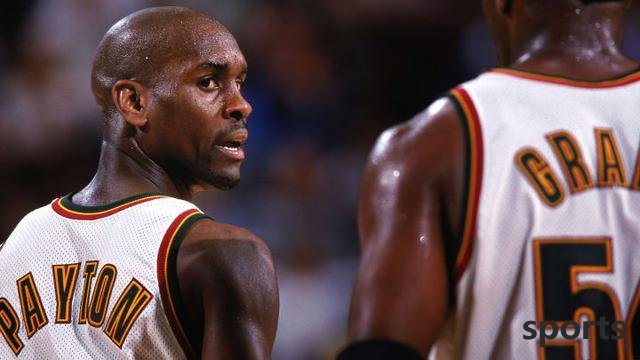
8. Gary Payton's career introduction (1990-2007): nicknamed "Gloves", one of the top outside defenders in history and the representative of the all-round point guard. In the 1990 second-tier performance, he played for the Seattle Supersonics for most of his career. He was selected as the All-Star 9 times, and was selected as the first team of the best defensive team (historical record). He was awarded the NBA's best defensive player (DPOY) in 1996. He is the only point guard to win this honor. He was selected into the best team for two times, 5 times, and 2 times, 3 times. In 2006, he won the NBA championship with the Miami Heat. He averaged 16.3 points, 6.7 assists and 1.8 steals per game in his career.
Legend Introduction: Payton's legend is based on his unparalleled oppressiveness and trash-talking skills. The nickname of "Glove" perfectly interprets his defensive ability that follows his shadow and suffocates his opponent. He is strong, agile, accurate in prediction and strong in fighting spirit, and can defend from position one to position three. His supersonics led by Sean Camp were the top teams of the mid-90s. In addition to defense, his offensive organization, key ball ability and signature back-to-door singles are also first-class. Payton defined the top point guard standard that integrates offense and defense. His tough game attitude and on-field leadership temperament are the epitome of iron-blooded basketball in the 1990s.
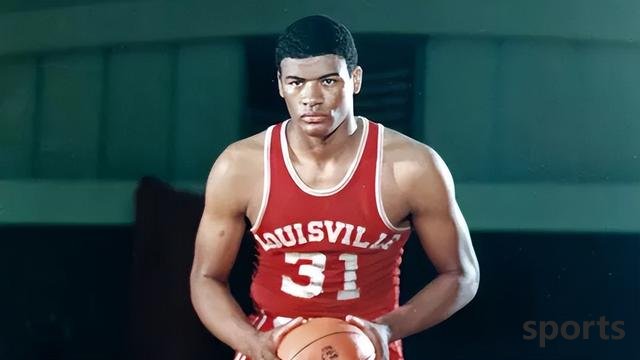
7. Wes Unseld's career introduction (1968-1981): nicknamed "Bone Crusher", famous for its strong rebounds, precise passes (especially first pass fast breaks) and indestructible cover. The 1968 second-tier show, devoted his entire career to the Baltimore/Washington Bullets. In his rookie season, he won the regular season MVP and Rookie of the Year (only Chamberlain and him did it in history), and led the team to win the NBA championship in 1978 and was elected as the MVP in the Finals. He was selected as the All-Star five times and was selected as the first team of the All-Series in 1975. He averaged only 10.8 points per game in his career, but grabbed an astonishing 14.0 rebounds.
Legend Introduction: Unseld's legend lies in his great achievements as a short center (only 6-foot-7 inches/2.01 meters) and his unparalleled influence on the game. He used his strength and wisdom to make up for his height deficiency and was the originator of rebounding and defensive pillars. His rebounds and precise long passes are the engines of the Bullets' fast break. The achievements of rookie MVP+FMVP demonstrate his dominance at the peak of his debut. He defined the leadership role of a blue-collar center, leading the team to the top with selfless cover, tough defense and excellent leadership. He is one of the representatives of the "winner" and "team cornerstone" star templates.

6. Bob Petit's career introduction (1954-1965): An early NBA superstar, a pioneer in power forward position. In that era, he was basically the third-level superstar in the league. After Russell and Chamberlain, he was also the first MVP in NBA history and the first generation of Hawks. He played for the Milwaukee/St. Louis Hawks throughout his career. In 1958, he led the Hawks to defeat the Celtics to win the NBA championship (end the early consecutive championships of the Celtics). He was selected as the All-Star 11 times (selected every year), won the regular season MVP twice (1956, 1959), and was selected as the Best Team (10 first team, 1 second team), and the Best Rookie of 1955. He averaged 26.4 points and 16.2 rebounds per game in his career. The first player in NBA history to score a total of 20,000 points in his career.
Legend Introduction: Pettit's legend lies in his first truly super power forward in the NBA and his feat of winning the championship in the Russell era. With terrifying scoring and rebounding abilities, he was one of the most dominant inside scorers in the early NBA. His tough game style and unyielding fighting spirit are praised. At the height of the Celtic dynasty, he led the Hawks as one of the few teams to compete with and defeated Russell in the 1958 Finals to win the championship. Pettit laid the standard for the power forward position, his lasting peak (11-year All-Star +11-year best-squad) and his achievements in winning the championship as a cornerstone of the team, making him an iconic superstar of the ancient times.
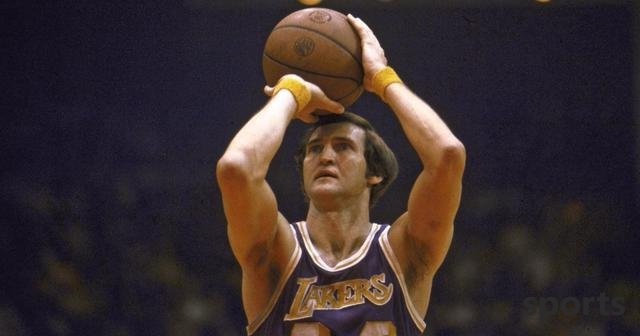
5. Introduction to Jerry West
Career (1960-1974): The prototype of the NBA logo, nicknamed "Mr. Key" and "Godfather of the Lakers". In the 1960 second-tier performance, he played for the Los Angeles Lakers throughout his entire player career. In 1972, he won the NBA championship (the only championship) with the Lakers and was elected as the 1969 Finals MVP (the only FMVP in history from the lost team). He was selected as the All-Star 14 times, 12 times, 12 times, (the most guards in history), and 5 times, 1st team of the All-Defensive Team (late of career). He averaged 27.0 points, 5.8 rebounds and 6.7 assists in his career. After retiring, he created the Lakers' "Showtime" dynasty in the 1980s and the OK dynasty in the early 21st century as the general manager.
Legendary Introduction: West's legend is eternal. Just stare at the NBAlogo and you can think of the old man. In his player age, he was the coldest-blooded killer at critical moments, with all skills and no shortcomings, and good offense and defense (he was selected as a shooting guard position for one defense many times). He led the team to the finals nine times and won the championship only once, and was a representative of the tragic hero, but the defeated FMVP in 1969 was the highest tribute to his extraordinary ability. His silhouette became a global icon of the NBA, and his influence surpassed the arena. As a management team, he has a vicious vision and strategic plan, and has created many Lakers dynasties with one hand. He is the most successful example of player transformation managers in basketball history. West is an indelible totem in the history of the Lakers and even the NBA.
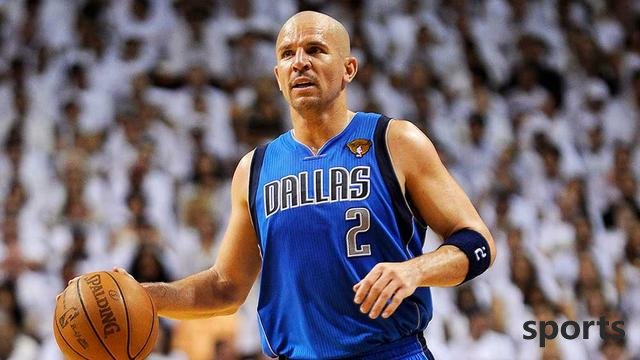
4. Jason Kidd's career introduction (1994-2013): The top court commander and point guard in history. In 1994, he played for the Mavericks, Suns, Nets and the Knicks. In 2011, he won the NBA championship with the Mavericks as the core point guard. He was selected as the All-Star 10 times, 6 times selected as the Best Team (5 times one team, 1 time two team), and 9 times selected as the Best Team (4 times one team, 5 times two team). The total number of career assists (12,091) and steals (2,684) ranked second in history. He averaged 12.6 points, 6.3 rebounds, 8.7 assists and 1.9 steals in his career.
Legend Introduction: Kidd's legend lies in his unparalleled field vision, master-level organizational ability, top-level defense and leadership in promoting ordinary teams to championship teams. He is one of the pioneers of the "triple-double machine" and is known for his omnipotence. During the Nets' period, he brought the team to the finals twice, staged a classic mode of "backfield engine driving the inside". The transformation into an elite three-point shooter in the later stage (shots in the early stages of his career were a shortcoming), and in 2011, he helped the Mavericks win the championship as a veteran core, which is a perfect embodiment of his wisdom and resilience. Kidd defines the template for a modern all-round point guard, whose passing skills, game control and ability to improve the team as a leader, making him an all-time master in point guard position.
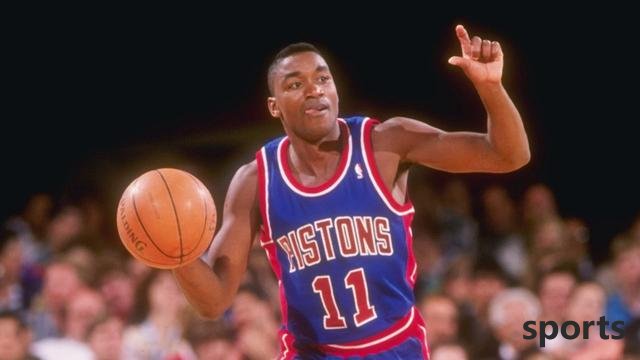
3. Isaiah Thomas Career Introduction (1981-1994): Nicknamed "Smiling Assassin", the absolute core and spiritual leader of the "Bad Boys Legion" of the Detroit Pistons. He played for the Detroit Pistons in 1981. He led the Pistons to win NBA championships in 1989 and 1990, and won the 1990 Finals MVP. He was selected as the All-Star 12 times, 3 times the Best Team One Team One, 2 times the Second Team Two, and 1 time the Third Team Three. He averaged 19.2 points, 9.3 assists and 1.9 steals per game in his career.
Legend Introduction: Thomas's legend lies in his iron will, his fearless competitive spirit, and his killer instinct as the champion leader as a small point guard (1.85 meters). He is the heart and brain of the "Bad Boys Legion", with a tough, cunning and full of wisdom. Its scoring ability at critical moments (especially in the fourth quarter) is extremely terrifying, and the nickname of "Smiling Assassin" hides the cold killer nature. Before Michael Jordan ruled the league, he led the Pistons as the overlord of the Eastern Conference, eliminating Jordan's Bulls for three consecutive years. The 1988 Finals G6 scored 25 points in a single quarter was one of the greatest solo performances in NBA playoff history.

2. Kevin Durant's career introduction (2007-to-present): A super scorer at the historical level, with unsolvable mid-range and three-point shooting ability, and has a comprehensive high and arm length technology. In 2007, he played for the Supersonics/Thunder, Warriors, Nets and Suns. Winning the NBA scoring champion 4 times, winning the NBA championship with the Golden State Warriors twice (2017, 2018), and being elected as the Finals MVP twice. 1 regular season MVP (2014), 14 All-Stars, 10 Best Team First Team. He averaged 27.3 points, 7.0 rebounds and 4.4 assists in his career. His scoring ability is top-notch in history and extremely efficient.
Legend Introduction: Durant's legend lies in the fact that he is probably the most difficult scoring machine in basketball history. Combining his height of nearly 7 feet, guard-like ball-handling skills, silky shooting feel and blind spot-free offensive range, he is known as the "God of Death", especially his ability to take over the game at critical moments. Become the youngest scoring champion during the Thunder period, and won two FMVPs with unsolvable performances during the Warriors period, proving his dominance on the highest stage. Although the transfer decision has caused controversy, his pure basketball scoring skills and ability to efficiently output under any system have made him an epoch-making basketball offensive machine. He is still continuing to write the legend with the goal of pursuing more championships.

1. Bill Russell's career introduction (1956-1969): The greatest winner and defensive cornerstone in NBA history. In 1956, he played for the Boston Celtics all his career. An unprecedented 11-time NBA championship winner (11 championships in 2013). He won the regular season MVP 5 times, was selected as the All-Star 12 times, was selected as the Best Team (3 first teams, 8 second teams), and was selected as the Best Team (the award was set at the end of his career). He averaged 15.1 points, 22.5 rebounds and 4.3 assists in his career. He is the ultimate symbol of basketball defense art and team spirit.
Legend Introduction: Russell's legend is based on the absolute height of victory and the dominance of the defensive end. He redefined the role of center, putting defense and rebounds above personal scores, and was the embodiment of team basketball. His blocks (not counted in statistics at the time) and rebounding dominance changed the game, and his outstanding leadership and winner mentality were the foundation of the immortality of the Celtic dynasty. In an era when Chamberlain ruled personal data, Russell proved the philosophy of team-first victory with champions. The Finals MVP trophy is named after him (Bill Russell Cup), which is the highest tribute to him as the ultimate winner.
7m cn freeLast:Interesting, NBA President Adam Xiao Hua responds to fans discussions about NBA ratings
Next:Pacers 1: 0 Thunder, Halliburton s Judgment Thunder, goodbye Alex!
Related Posts
- Durant has been wearing the No. 35 jersey since college, and this number has a special meaning
- 118 becomes 122! Yang Hansen, awesome! The first core of the Chinese men s basketball team in the future
- It is revealed that the Durant deal may have been reached, Wenban Adu, it is too fierce
- 28+13+8! Shin Jing beat up and asked fat, the Turkish coach made a harsh talk, Serbia is too difficult
- Shadow Hunter, the Cavaliers reappeared as Jerome-like marksman, and finally received a salary of tens of millions of dollars after lying dormant for 5 years
- Responding to doubts! How many people did Yang Hansen defeat in one battle? Show off his eighteen martial arts skills
- Durant officially arrived in Houston! He participated in joint training in Rockets training uniform and may serve as a ball-handling striker in the new season
- After the Rockets lost 2 games in a row, Udoka made a request. Durant confirmed it, and he didn’t cover it up.
- ESPN vote: James Curry becomes the focus, Thunder Nuggets winner!
